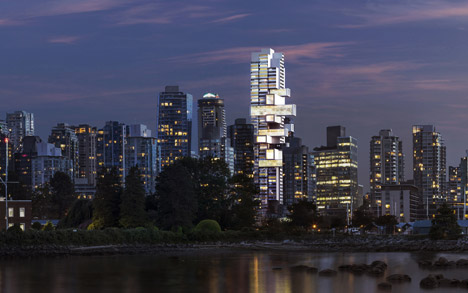Another Lament On Rising House Prices In Vancouver
Home prices rose the second of the year. This was caused by a spike in the Vancouver housing market which was doing really well to begin with.
House prices rose by .6% which is the highest since the recession of 2004 that went through the following year.
Out of the eleven metro areas, the prices of Vancouver, that jumped to 3.2% raised the combined index. In 2015, prices were at their largest yearly growth since the first month of 2012; they had a six and a half percentage growth.
The market in Vancouver has maintained a growth for a fourteen month stretch with February being its highest selling month. The west coast city has been the focus of debate over whether such lofty price increases are sustainable or whether costs are being boosted by overseas buyers.
There are two schools of thought pertaining to the market in Vancouver. On one hand, it is believed that such growth can be sustained and on the other hand, some have a strong belief that the boost felt by the market is only because of the investments by international buyers which will one day come to an end.
It is believed that this continuous increase of housing prices, especially in the cities Toronto and Vancouver, is the CMHC’s fault due to the non existence of policies to control it.
This happenings seem to be a flashback of the pre-recession stage of Canada’s neighbor to the South.
The housing market’s growth has been very healthy these past years despite the world’s financial crisis due to affordable borrowing costs. But the market has become two-toned; in the cities of Vancouver and Toronto, gains are growing while in the regions where crude oil production is done, the market is moving at a slower than glacial pace.
Prices have only been able to get to 96.7% of 2015 leaving a still needed 3.3%; they have fallen to almost a percentage in February which might not look like much but with the way things are going, every percentage counts. The peak seen in the market in October of 2014 has just jumped off the 30m board and is slowly but surely accelerating vertically towards the bottom of the water-less pool; 5.4% lower is the present diagnosis.





